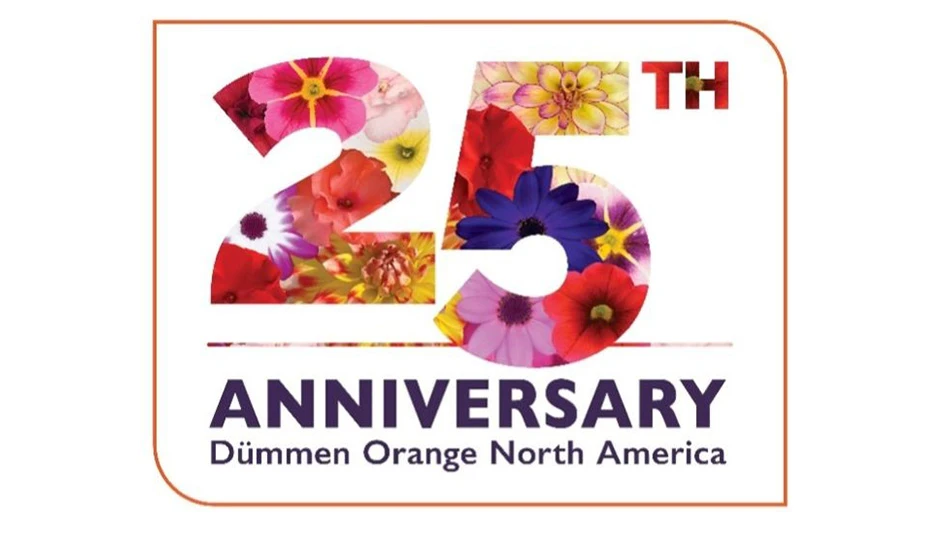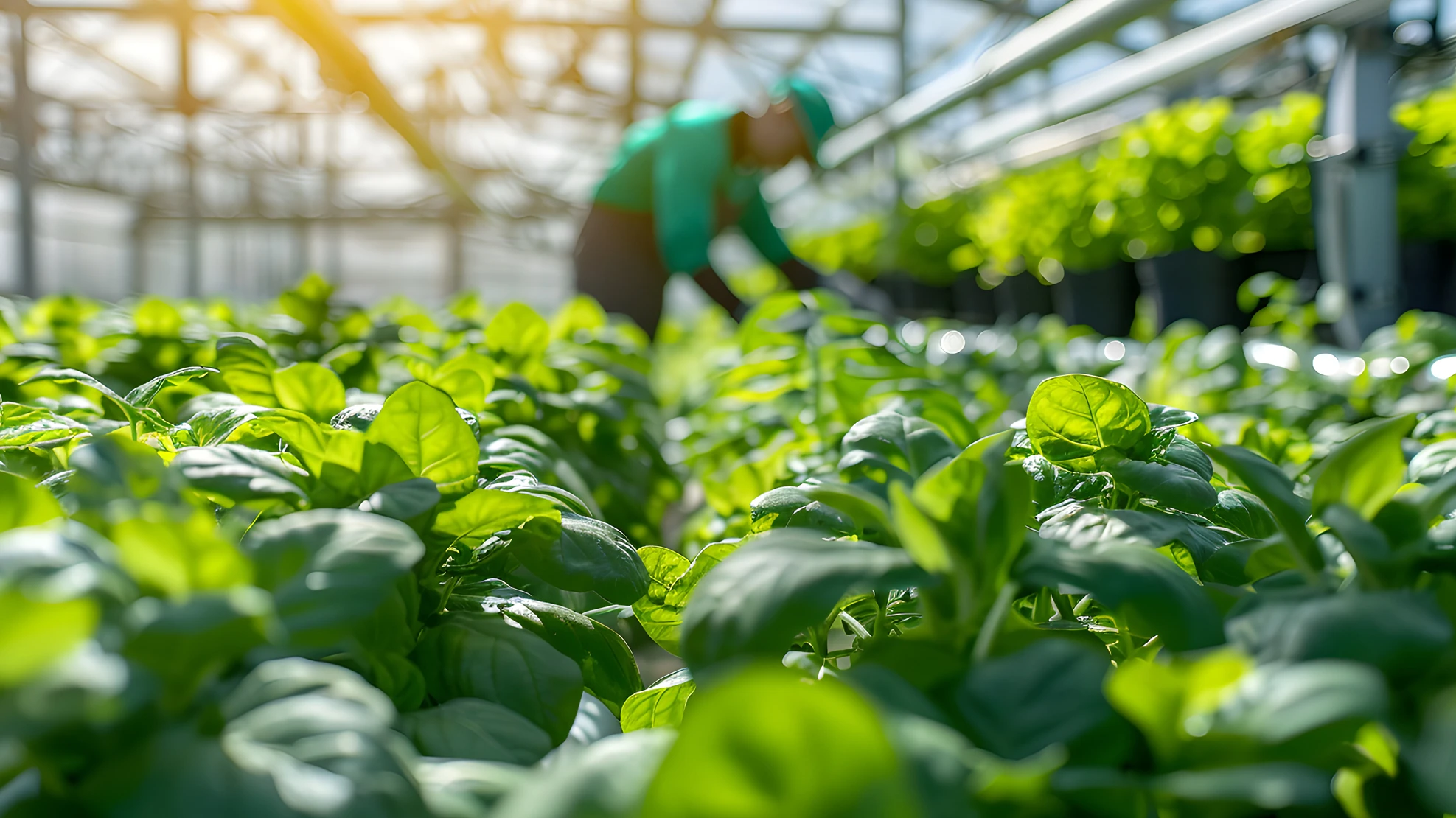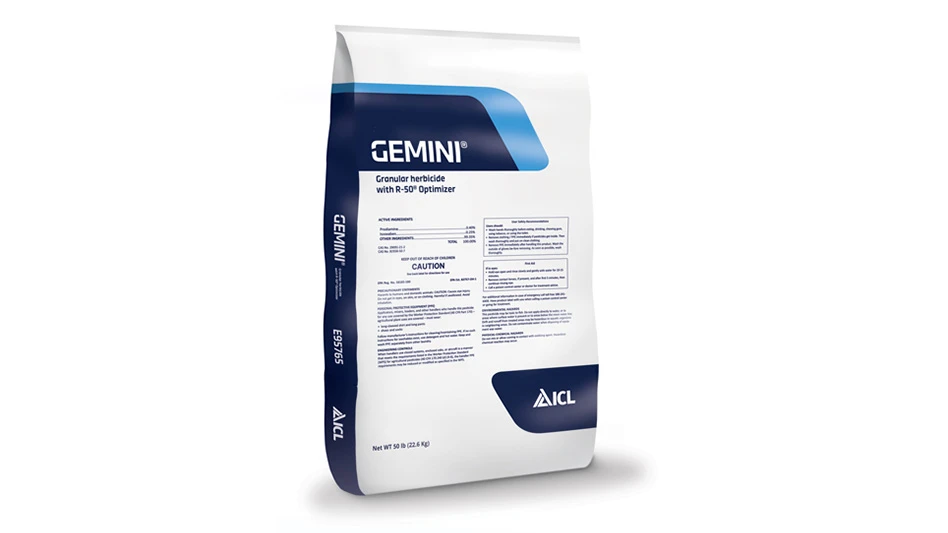 PCAS emitter
PCAS emitter
The pitch: The PCAS emitter from DRAMM Corporation has a larger body and a wider labyrinth to reduce the amount of debris trapped in the labyrinth. The new, wider labyrinth will reduce the amount of clogged emitters in a system by allowing debris to pass through with less restriction.
For more: www.dramm.com.
Water conservation components
 The pitch: Ensure that every plant in your irrigation system receives the same amount of water and fertilizer, regardless of location, for a uniform, high-quality crop. Netafim greenhouse and nursery irrigation components from Growers Supply use up to 70 percent less water than traditional watering methods and can be custom-designed to suit the needs of your operation.
The pitch: Ensure that every plant in your irrigation system receives the same amount of water and fertilizer, regardless of location, for a uniform, high-quality crop. Netafim greenhouse and nursery irrigation components from Growers Supply use up to 70 percent less water than traditional watering methods and can be custom-designed to suit the needs of your operation.
For more: www.GrowersSupply.com/ADGM
Micro-irrigation line
 The pitch: Ideal for applications such as subsurface drip irrigation and semi-permanent crops, the Thinwall Dripline from Toro can also be used by growers who prefer a flat, molded emitter inside an extruded, thin-walled tube. The product requires 120-mesh filtration to minimize clogging, and the flat, molded emitter is resistant to plugging. It’s available in five different emitter flow rates; 10-, 13- and 15-mil wall thicknesses; and ?- and ?-inch internal diameters. Constructed from high-strength and premium quality materials, the extruded tube allows for easy installation and retrieval. The Thinwall Dripline is also compatible with all Toro Pro-Loc tape fittings.
The pitch: Ideal for applications such as subsurface drip irrigation and semi-permanent crops, the Thinwall Dripline from Toro can also be used by growers who prefer a flat, molded emitter inside an extruded, thin-walled tube. The product requires 120-mesh filtration to minimize clogging, and the flat, molded emitter is resistant to plugging. It’s available in five different emitter flow rates; 10-, 13- and 15-mil wall thicknesses; and ?- and ?-inch internal diameters. Constructed from high-strength and premium quality materials, the extruded tube allows for easy installation and retrieval. The Thinwall Dripline is also compatible with all Toro Pro-Loc tape fittings.
For more: www.toro.com

Explore the November 2013 Issue
Check out more from this issue and find your next story to read.
Latest from Greenhouse Management
- Flexible fungicides
- Super Charged Moon Juice from Moon Valley Nurseries now available nationally
- 2025 Proven Winners Horticulture Scholarship applications now open
- How to improve inventory and shipping management in the greenhouse
- Leading Women of Horticulture: Anna Ball, Ball Hort, and Terri McEnaney, Bailey Nurseries
- GM CEA HERB Part 2: A guide to increasing the sowing density of culinary herbs
- GM CEA HERB Part 1: Best practices for producing culinary herbs in controlled environments
- USDA fires experts on invasive pests, including Asian citrus psyllid, chilli thrips






